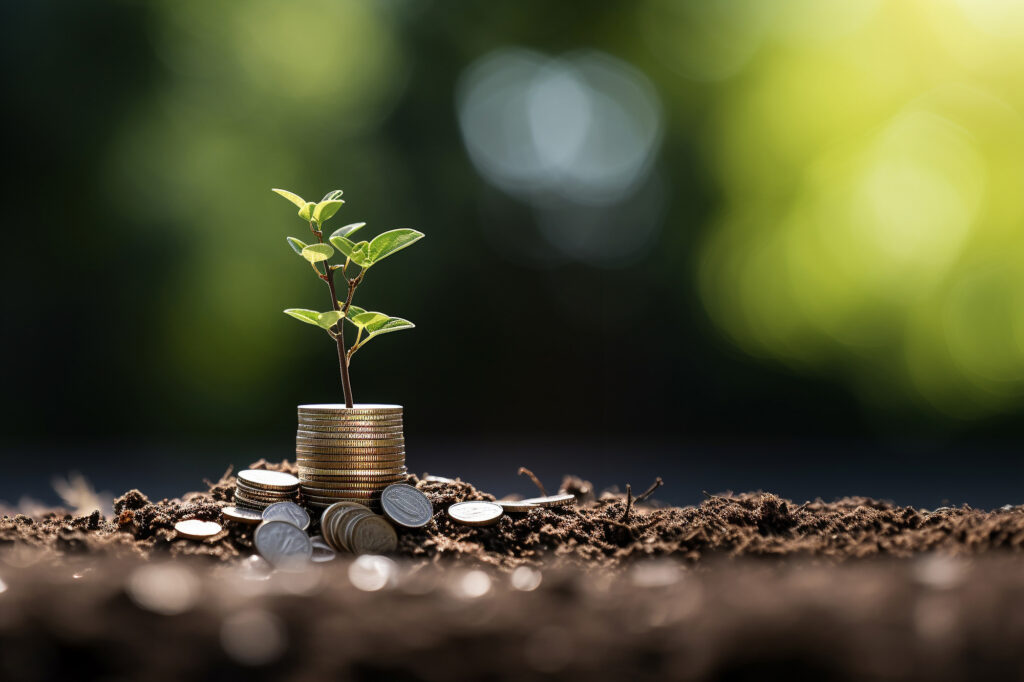The risk premium is a key element in understanding the dynamics of financial investments, especially for those who want to balance gains and risks strategically. It is, in fact, an extra return that an investor requires to accept more risk than a risk-free investment, such as short-term government bonds. But how is this premium calculated, and what factors influence it?
Contents
The risk premium is the extra return required by a risk-averse investor to be incentivized to buy a risky security. In other words, it is the difference between the expected return of a risky asset and that of a risk-free asset. The risk premium varies depending on the security and its riskiness, which is also assessed by volatility and correlation with the overall market.
One of the best known methods for determining this premium is the Capital Asset Pricing Model (CAPM). This model links a security’s return to its systematic riskiness, as measured by the beta coefficient (β). Beta indicates how sensitive the security is to market movements: a beta greater than 1 indicates higher volatility, while a beta less than 1 signals lower risk.
According to CAPM, the risk premium of a security is calculated by the formula:
\( E(R_i) – R_f = \beta_i \cdot [E(R_M) – R_f]\)Where:
\( E(R_i) \) is the expected return on the i-th asset;
\( R_f \) is the risk-free rate (usually the yield on short-term government bonds);
\( \beta_i \) is the beta coefficient of the security;
\( E(R_M) \) is the expected market return.
The difference between the expected market return and the risk-free rate is called the market risk premium, and it represents the average compensation investors expect for the risk taken by investing in stocks rather than in safe assets.
To better understand how the CAPM works, consider an example: if the estimated beta of a stock is 0.5, this means that the expected premium of this stock will be half the market premium. Suppose the expected market return (E(RM)) is 10% and the risk-free rate (Rf) is 2%. The premium for this specific stock will be calculated as follows:
Risk premium = \(E(R_M) – R_f\).
This 4% represents the additional return the investor expects to compensate for the specific risk associated with the stock relative to the risk-free asset.
Enter the following values to calculate the risk premium:
Risultato: Il premio al rischio è:
Understanding the concept of risk premium is critical for investors because it allows them to evaluate whether a risky investment is worth it versus a safe investment. The greater the risk associated with a security, the greater the risk premium demanded by investors. This principle guides many investment decisions and helps build a balanced portfolio, where the expected return compensates for the accepted risk.
In conclusion, the risk premium not only allows investors to plan their investments more consciously, but also serves as an indicator of risk appetite in the market. Understanding how to calculate and apply the risk premium with tools such as the CAPM enables more informed investing and optimizes the risk-return ratio.
This article was created and reviewed by the author with the support of artificial intelligence tools. For more information, please refer to our T&Cs.
This article or page was originally written in Italian and translated English via deepl.com. If you notice a major error in the translation you can write to adessoweb.it@gmail.com to report it. Your contribution will be greatly appreciated
Giuseppe Fontana
I am a graduate in Sport and Sports Management and passionate about programming, finance and personal productivity, areas that I consider essential for anyone who wants to grow and improve. In my work I am involved in web marketing and e-commerce management, where I put to the test every day the skills I have developed over the years.



